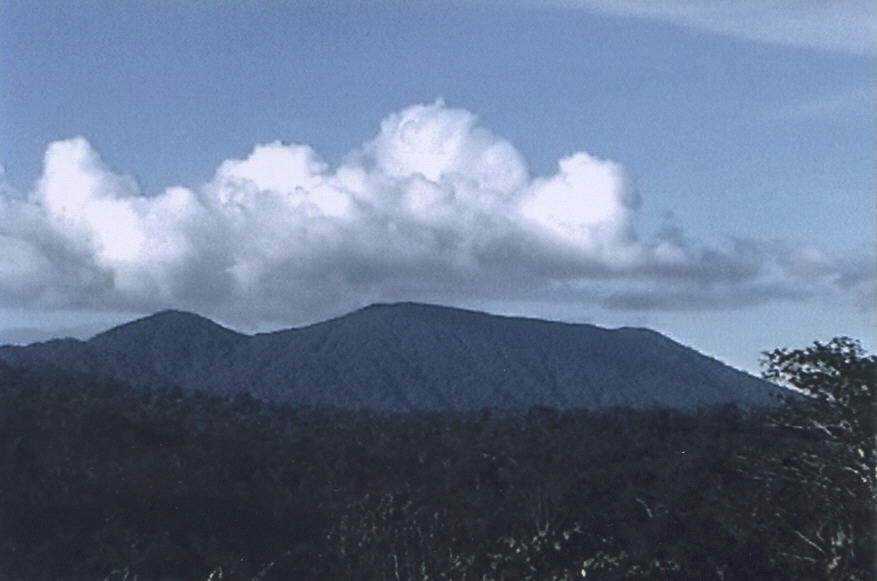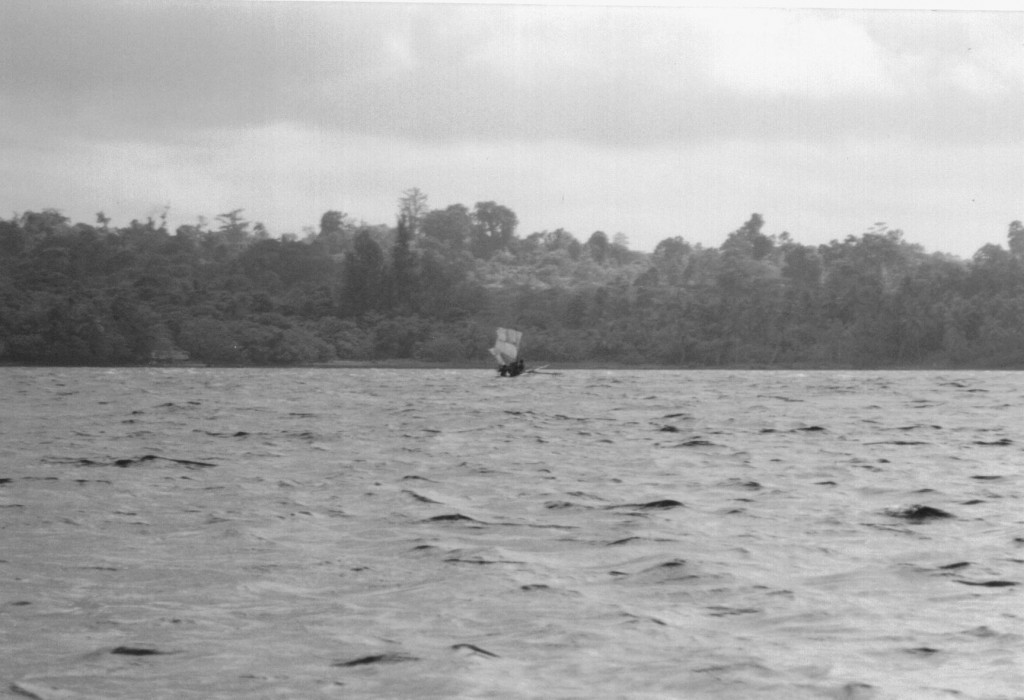We have been awed by eyewitness reports from recent years; but we must not forget those who made possible recent investigations: The explorers of the 1990’s who searched for the ropen and interviewed native eyewitnesses in Papua New Guinea. Without those expeditions in 1994 and 1996, where would we be? Without Carl Baugh’s early expeditions, we would not have had Paul Nation’s expedition in 2002 nor my expedition in 2004 nor Guessman and Woetzel’s, also in 2004. Without Carl Baugh interviewing natives in the 1990’s, we would not have had the historic 2006 expedition by Paul Nation nor the Destination Truth expedition of 2007. Without Carl Baugh, we would not now have the live-pterosaur branch of cryptozoology nor the word “ropen” on Wikipedia. Baugh opened the door for these investigations.
Paul Nation accompanied Baugh and missionary James Blume in the 1994 expedition but not the one in 1996. He sent me his video footage in the fall of 2003, and I edited the videos into a mini-documentary that we called “Searching for Ropen.” But those original videos did more for me that provide material for a mini-documentary: They inspired me to go on my own expedition in 2004, searching for living pterosaurs.
The following are brief summaries of some of the early interviews (mostly 1994).
Tree-Trunk Hugging Ropen
Two native men were interviewed briefly, possibly by Baugh himself (through an interpreter) with videotaping by Paul Nation, perhaps. The two men reported how they had strung up some game meat and later encountered a ropen that they believed had followed the smell. The creature held itself upright on a tree trunk and looked down at the men by turning or twisting its head or upper body.
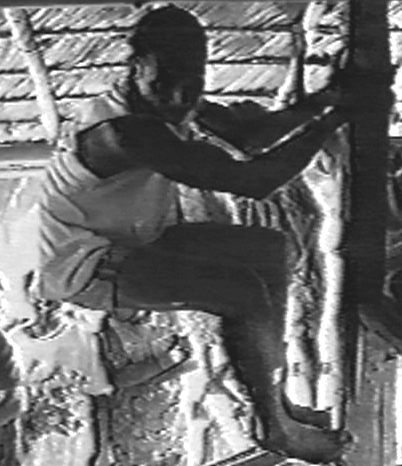
Native shows how the ropen was upright, holding onto a tree trunk
.
Another videotaped interview (probably also from the 1994 expedition) involved a native man who was shown an illustration of a pterosaur. The man said that they see those creatures and that they catch fish and live in caves.
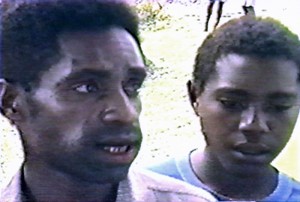
Native tells interviewer that the creatures catch fish
.
Attempted Grave Robbery in 1993
Carl Baugh interviewed a young family regarding a sighting on the northwest coast of Umboi Island. The husband, a school teacher, interpreted for his wife. She was part of a funeral procession, in 1993, around the northwest coast of Umboi, when a flying creature with a glowing tail approached the body. The mourners chased the creature away, but the memory would not leave.
.
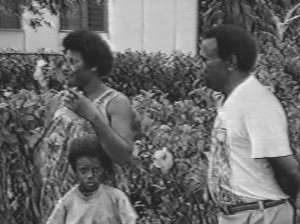
School teacher interprets for his wife, who saw the glowing ropen one night
.
First Videotaped Interview, in 1994, of Gideon Koro
Gideon was just a teenager in 1994, when he was first interviewed in front of a video camcorder. He was nervous talking about the giant ropen, for it had been only a few months or so since the terrifying encounter. The Baptist missionary from the mainland, Jim Blume, and a native interpreter questioned the boy about what he had seen.
The creature was skinny and its size was “house to house.” Some time after I had watched the original video footage, I came to realize what he probably meant: The flying creature was as long as the distance from one nearby village hut to the next hut.
When I myself interviewed Gideon, face to face in 2004, he told me that the length of the tail was seven meters. He was positive, in my interview with him, that the ropen had no feathers.
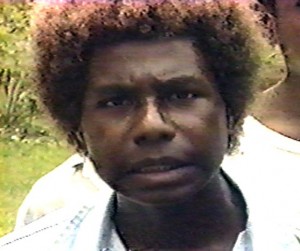
Gideon Koro was interviewed on Umboi Island in 1994
.
Ropen Expedition of 1996
I don’t know if anyone has any video footage from the 1996 expedition. Carl Baugh and Jim Blume may have visited more than one island in Papua New Guinea that year. They had one sighting of an apparent ropen as it was glowing at night; it was not flying but sitting above a beach, on the coast of a small island.
.
###
.
Wife of a school teacher saw a glowing ropen
“Eunice, a school teacher’s wife, described to Carl Baugh an attempted grave robbery. One night, in April of 1993, near the northwest coast of Umboi Island, after a large funeral procession arrived at the burial location, a creature with a glowing red tail came from the sea. . . .”
.



